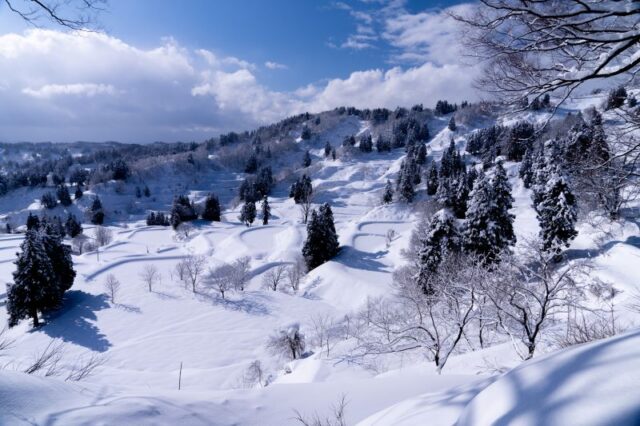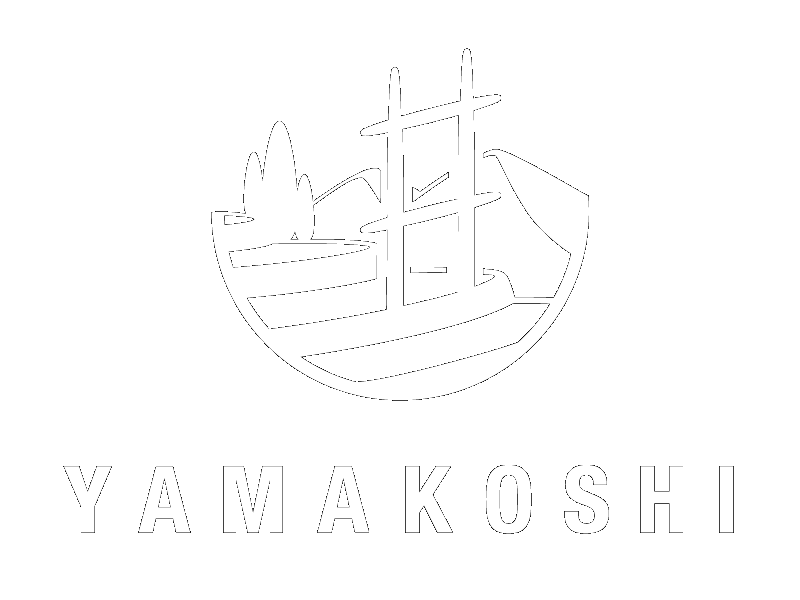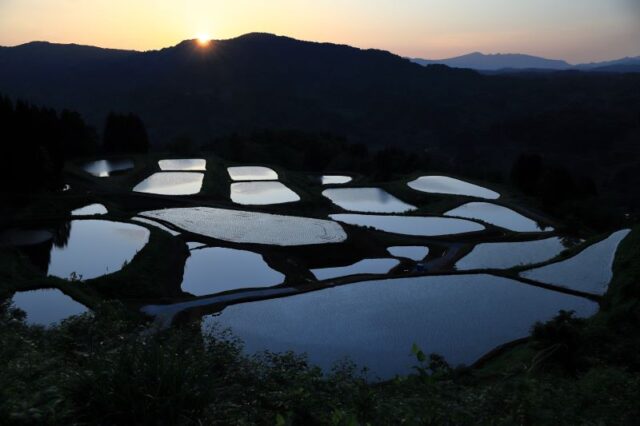
Yamakoshi is interwoven with beautiful “Terraced Rice Paddies and Carp Ponds” landscapes that retain the original, idyllic scenery of Japan. Recognized as Japan’s first Nationally Important Agricultural Heritage System, Yamakoshi’s distinctive topography continues to attract many visitors throughout the four seasons.
This terrain of overlapping large and small mountains is prone to landslides, and as much as it has benefited from nature’s bounty, has long persevered through natural disasters and other difficulties. The “Terraced Rice Paddies and Carp Ponds” here were created by overcoming and utilizing this harsh natural terrain.
Behind the natural beauty we see today lies the ingenuity and hard work of our predecessors, who overcame untold difficulties to create the “Terraced Rice Paddies and Carp Ponds” of Yamakoshi.
Let’s trace the roots of “Terraced Rice Paddies and Carp Ponds”.
A Land where Hardship was Transformed into Blessings: The origins of the “Terraced Rice Paddies and Carp Ponds”

The impact of landslides on the Terraced Rice Paddies
As a landslide-prone area, Yamakoshi has long faced natural disasters. Yet the people carved out the mountain slopes made smooth by landslides to create the terraced rice paddies. As much as the landslides bring turbulence and difficulty to the land, they also restore the soil fertility, benefiting the growth of crops.
The “horizontal well” technique used to create the Terraced Rice Paddies
Waterway Tunnel
The first hand-carved tunnels in Yamakoshi were dug to secure irrigation channels for terraced rice paddies. Roughly 250 m of tunnels were dug over a period of 13 years from October 1895 using single-bladed pickaxes.

The water for the terraced rice paddies in Yamakoshi comes from natural springs and groundwater that has been harvested from the slopes of the mountains. Since this water is too cold to use for cultivation when it comes out of the well, it was necessary to use “reservoirs” and other means to warm the water to a temperature suitable for filling the terraced rice paddies.
In order to pump more water from the mountain, the “horizontal well technique” was utilized. This technique involves digging horizontally toward the north on a nearby mountain slope suitable for rice paddies. The slopes are dug 50 to 60 meters into the mountain, which then fill with groundwater and enable farmers to secure the water necessary for their crops.
Water secured by cutting through the mountain slopes is stored in “Terraced Ponds,” then water from the terrace ponds is drawn to the “Terraced Rice Paddies.” Through such ingenuity and hard work, a water circulation system was established and the Terraced Ponds were created.
The technique used to dig these horizontal wells was later utilized in the technique used to dig “Nakayama Tunnel,” the longest Hand-Dug Tunnel in Japan.
Traditional Waterway System Utilizing Heavy Snowfall
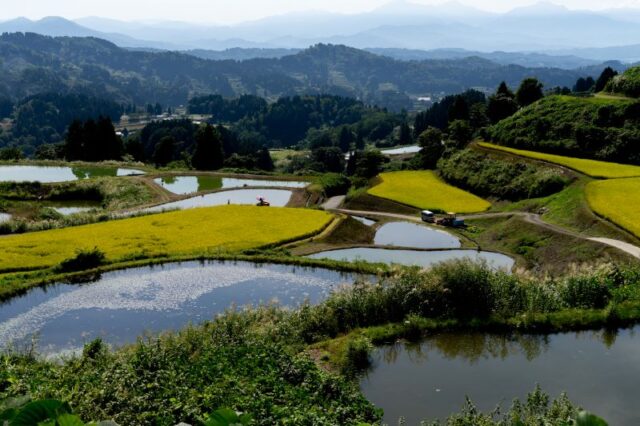
Yamakoshi has a unique water utilization system that makes use of snowmelt, rainwater, and mountain spring water. Since ancient times, rice cultivation and carp farming have been conducted using horizontal wells and snowmelt water.
Among these, the “horizontal well” technique for utilizing the abundant snowmelt and groundwater has been successfully adapted to the rugged natural environment of Yamakoshi, enabling the creation of Terraced Rice Paddies and Carp Ponds.
Another important role in the management of precious water resources was played by a social organization called maki, which is unique to the mountains. The word maki means a kind of village kinship group, and the maki has been used as a unit for maintaining the livelihood of the fields and managing resources.
As a result of this waterway management system, terraced ponds can be used for a variety of purposes, usually as “carp ponds” and sometimes as “reservoirs” for rice cultivation.
Even today, the area continues to nurture a unique and original agricultural culture, which includes colored carp farming.
The beautiful distinctive Japanese landscape, “Terraced Rice Paddies and Carp Ponds,” in spring, summer, autumn, and winter
Recognized as Japan’s first Nationally Important Agricultural Heritage System, let us take you on an exploration of the beauty of spring, summer, fall, and winter amidst Japan’s original landscape.
Spring Sprouts
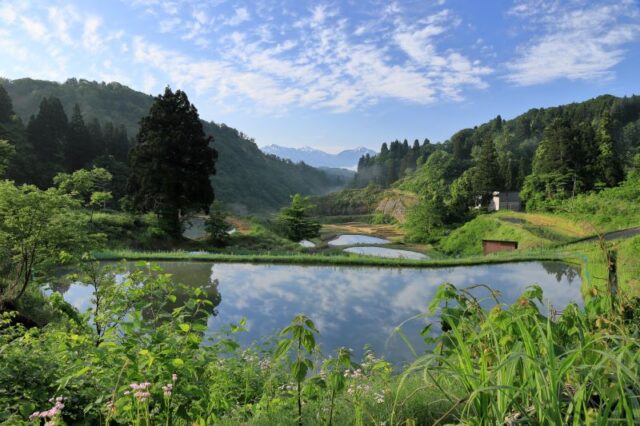
Summer Sparkles

Autumn Harvests
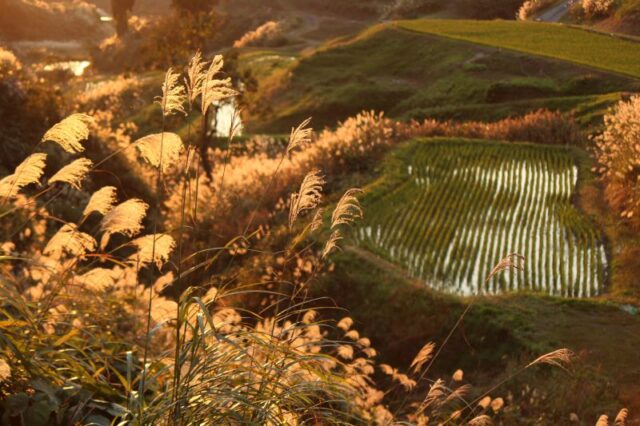
Winter Snowly Landscape
